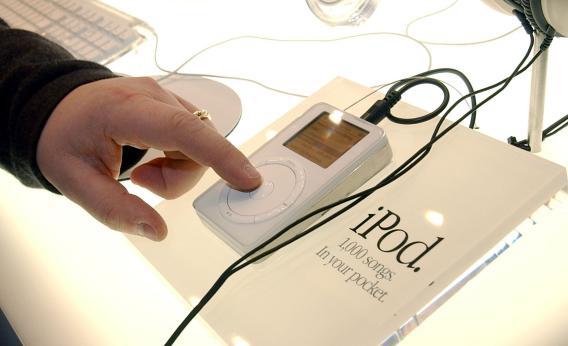Because I’m old and lame now, I don’t go to see bands play very much. But Saturday night I rousted myself from decrepitude to hear Kathleen Hanna’s new band The Julie Ruin play at Washington, D.C.’s Black Cat club and found myself enjoying the opening act Swearin’ quite a bit. So I went back to the merch table to see what was on offer and saw—among other things—a cassette tape. I figured that participating in a weird economic trend would be worth the $5, so I bought it.
Needless to say, I don’t own anything that could play a cassette tape.
Nonetheless it’s clear that I’m riding a cresting trend here since the AV Club had an article on Friday about how people are buying cassette tapes these days. Unlike vinyl, the cassette tape isn’t just obsolete. It’s objectively horrible. Music played on cassette always sounded bad. In its heyday, the technology was a classic low-end disruptor. Compared to records, tapes were cheap, convenient, and easily portable. You could have a tape deck in your car and a Walkman for your run. Inferior as a music recording medium, they nonetheless better fit into people’s practical patterns of consumption. In the modern world of digital MP3 and FLAC files, however, the tape is completely useless.
And, in a sense, that’s the point:
Much like a pin or a patch used to, cassettes put a name and face to an artist. Instead of having to remember a Bandcamp link, they serve as a way to commemorate the experience of a show—for less money than a T-shirt or LP—and, potentially, keep fans coming back. While streaming a release online is the most fiscally sound way to distribute music, it is also the most disposable. Bands who hand out cards with website URLs or download links after shows know most of them end up in the nearest garbage can. A handmade cassette, released in a limited run—often 100 or less—offers a more personal connection to a new band than other formats, even a handmade CD-R. The cassette format is just a more attractive souvenir.
One interesting economic angle to this is the pricing element. The posted price for a digital download of the album on the Swearin’ Bandcamp page is $7. Simplistic pricing theory says that as cheap as it may be to produce and distribute a cassette, the marginal cost of a digital download is even lower. Therefore the price ought to be lower on the digital download, if for no other reason than to drive sales to the lowest-cost mechanism. The difference, it looks like, is that the cassette is a classic impulse purchase. You’re there, live, in the venue. You met up with your friends and had a couple of beers before the show. You liked the music and were experiencing that particular kind of delight that occurs when a band you’ve never heard of surprises you. There’s a surge of enthusiasm, and you’d like to do something to support the band, express your enthusiasm, and remember the moment.
The ideal item for that should be very cheap, and the transaction should be very fast. The $5 cassette hits the sweet spot. You hand over the money and immediately have this hilarious gag—I bought a cassette tape!—to share with your friends and Instagram followers. It fits in your pockets. Maybe someday wireless broadband speeds will be fast enough to have this property. But for now you still can’t beat analog for sheer impulsiveness.
